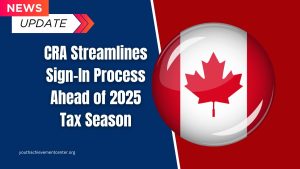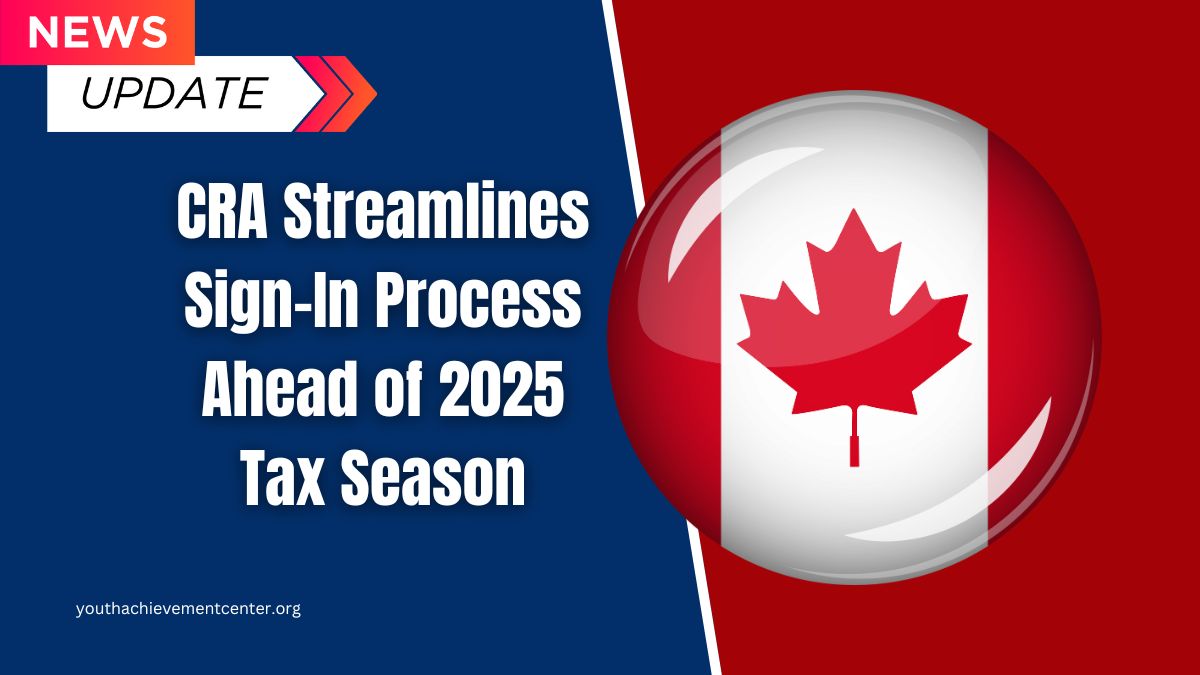Nearly three million current and former public employees in the United States can now breathe a sigh of relief. A groundbreaking reform, the Social Security Fairness Act, has been signed into law, bringing significant changes to how public service workers access Social Security benefits.
Teachers, firefighters, postal workers, and other public service professionals will now receive full Social Security benefits, a monumental shift aimed at correcting long-standing inequities.
This reform rescinds two controversial provisions—the Windfall Elimination Provision (WEP) and the Government Pension Offset (GPO)—that had previously reduced or eliminated Social Security benefits for public workers who received pensions from state and local retirement systems.
Let’s delve deeper into the details, the impact, and what this means for millions of public workers.
The Social Security Fairness Act: What It Does
The Social Security Fairness Act eliminates the following provisions:
- Windfall Elimination Provision (WEP):
- Previously, Social Security benefits were reduced for workers who earned pensions from non-Social Security-covered employment.
- Impacted individuals receiving retirement income from state or local governments.
- Government Pension Offset (GPO):
- Reduced spousal or survivor Social Security benefits by two-thirds of the public pension amount.
By rescinding these provisions, the act ensures that public workers can receive Social Security benefits based on their full earnings history without reductions caused by additional pensions.
The Numbers: Boost in Benefits
According to estimates from the Congressional Budget Office (CBO):
- Monthly Social Security Payments: The elimination of WEP and GPO is expected to boost benefits by an average of $1,000 per month for affected public workers.
- Total Beneficiaries: Approximately 3 million current and former public employees will benefit from these changes.
Estimated Impact of Social Security Fairness Act
| Category | Before the Act | After the Act |
|---|---|---|
| Affected Public Workers | 3 Million | 3 Million |
| Average Monthly Benefit | $1,500 | $2,500 |
| Key Provisions | WEP and GPO Reduced Benefits | WEP and GPO Eliminated |
Voices of Relief: Workers and Advocates Speak
Mike Scott, president of the Professional Firefighters of Maine, expressed his gratitude, stating, “Every little penny helps when you’re trying to make it through retirement.”
For teachers like Margaret Gregoire of Young School in Saco, the reform is life-changing: “This is money that we’ve both earned. It means a lot to us as we plan for retirement.”
Public sector leaders also highlighted the broader implications for workforce retention and recruitment:
- Jesse Hargrove, president of the Maine Education Association, said: “This reform removes a significant barrier for schools and public sector systems, especially in rural areas facing workforce challenges.”
The Bigger Picture: Why This Matters
The repeal of WEP and GPO isn’t just about financial relief—it’s a step toward fairness.
- Equity for Public Workers: For decades, public employees faced a financial penalty simply for dedicating their lives to public service.
- Economic Stability: With an additional $1,000 on average in their pockets each month, retirees can better handle rising costs of living.
- Retention and Recruitment: The removal of these provisions will make public sector jobs more attractive, particularly in states and regions struggling to maintain workforce levels.
How to Check Your Benefits
Public workers who believe they may be affected by these changes should:
- Visit the Social Security Administration (SSA) Website: Log in to your SSA account to review your updated benefit estimates.
- Contact Your HR Department: Verify whether your pension was previously impacted by WEP or GPO.
- Speak to a Financial Advisor: Ensure your retirement plans align with the updated benefits.
States Most Impacted
Public workers in certain states were disproportionately affected by WEP and GPO due to the prevalence of public pension systems.
- States Most Benefiting from the Act:
- California
- Texas
- Illinois
- Louisiana
- Ohio
The Social Security Fairness Act represents a long-overdue correction to a flawed system that penalized public workers. By repealing the WEP and GPO, the government has taken a significant step toward equity for millions of current and former public employees. This reform not only boosts individual financial security but also strengthens the public sector by improving workforce retention and recruitment.
As public workers begin to see these changes reflected in their Social Security payments, the law serves as a reminder that fairness and justice can prevail—even after years of inequity.
FAQs
What is the Social Security Fairness Act?
The Social Security Fairness Act eliminates the Windfall Elimination Provision (WEP) and the Government Pension Offset (GPO), allowing public workers to receive full Social Security benefits without reductions from other pensions.
How much will public workers’ benefits increase?
The average increase is estimated at $1,000 per month, depending on individual earnings and pensions.
Who benefits from this reform?
Nearly 3 million public workers, including teachers, firefighters, postal workers, and other public service employees, will benefit.







